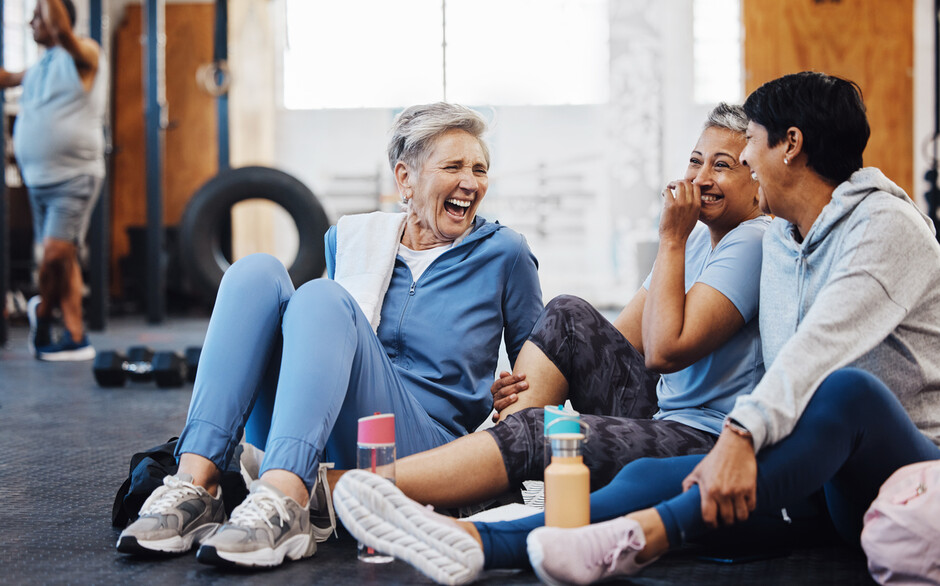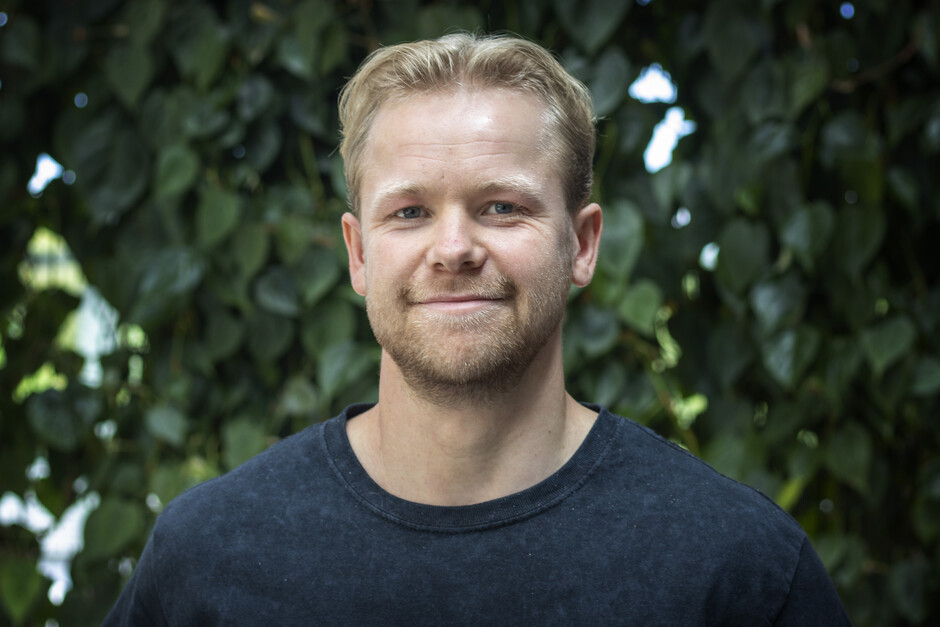Less intense exercise equally beneficial for older adults
Older people can train at a less intense pace and get the same good results as those who train hard, according to a new study from the University of Agder.

Do you prefer to train intensively but in shorter bursts, or would you rather take it easy and train for longer? It turns out that you have greater freedom of choice than we previously thought, at least if you are over 60 years old and your goal is to improve your physical fitness.
“Both forms of exercise are effective and produce good results for older people if done systematically and over time.”
That is what Sindre Herskedal Fosstveit at the University of Agder says. He has analysed 23 different studies involving over 1,300 participants. What he found was surprising.
“In the past, we believed high-intensity training was the most effective way to increase maximum oxygen uptake. But it turns out that the differences between this and training with moderate intensity are smaller than previously assumed.”
In fact, there does not seem to be any significant difference between the two forms of exercise when we take into account the total amount of training.
A measure of good fitness
Here we need to take a moment to talk about why maximum oxygen uptake is so important – and what moderate and high-intensity exercise is.
Maximum oxygen uptake in itself is simply a measure of how much oxygen the body can absorb from the lungs and deliver to our muscles. But it is also connected to our health in various ways. A low maximal oxygen uptake is linked to an increased risk of cardiovascular disease and premature death.
“As we get older, our physical fitness deteriorates, and that is reflected in the maximum oxygen uptake. But exercise helps and can counteract the downward trend. Older people can actually achieve the same percentage change as younger people if they exercise,” says Fosstveit.
When we exercise with moderate intensity, we have a heart rate of between 65 and 80 per cent of maximum pulse. You can speak in short sentences if you’re running with someone, but maintaining a conversation is challenging.
High-intensity training is when you exercise at 80 per cent of your maximum pulse or higher. Then it becomes difficult to speak at all.
Running, cycling and dancing
What Fosstveit has done is a meta-study. This means that he has analysed results from previous studies. In these cases, the focus was on endurance training, and the studies involved older people engaged in everything from cycling and running to dancing.
What is new is that he had strict criteria for which studies were included. The studies all had to report the achieved frequency, intensity, and duration of the recorded training sessions.
“Many studies only mention what the training programme contains, and that the participants complete such and such a percentage. But that percentage is often just based on attendance, not on what they’ve actually done.”
For a study to be included in Fosstveit's results, it had to report the intensity at which the participants were exercising.
In addition, the selection criteria made it possible to calculate the total training volume in each study. How often, how long and how hard you train is in fact important.
“Previous meta-analyses that have been carried out without these strict criteria have indicated that high-intensity training is significantly better for increasing maximum oxygen uptake. What we see here is that there is not as big a difference as previously thought,” says Fosstveit.
